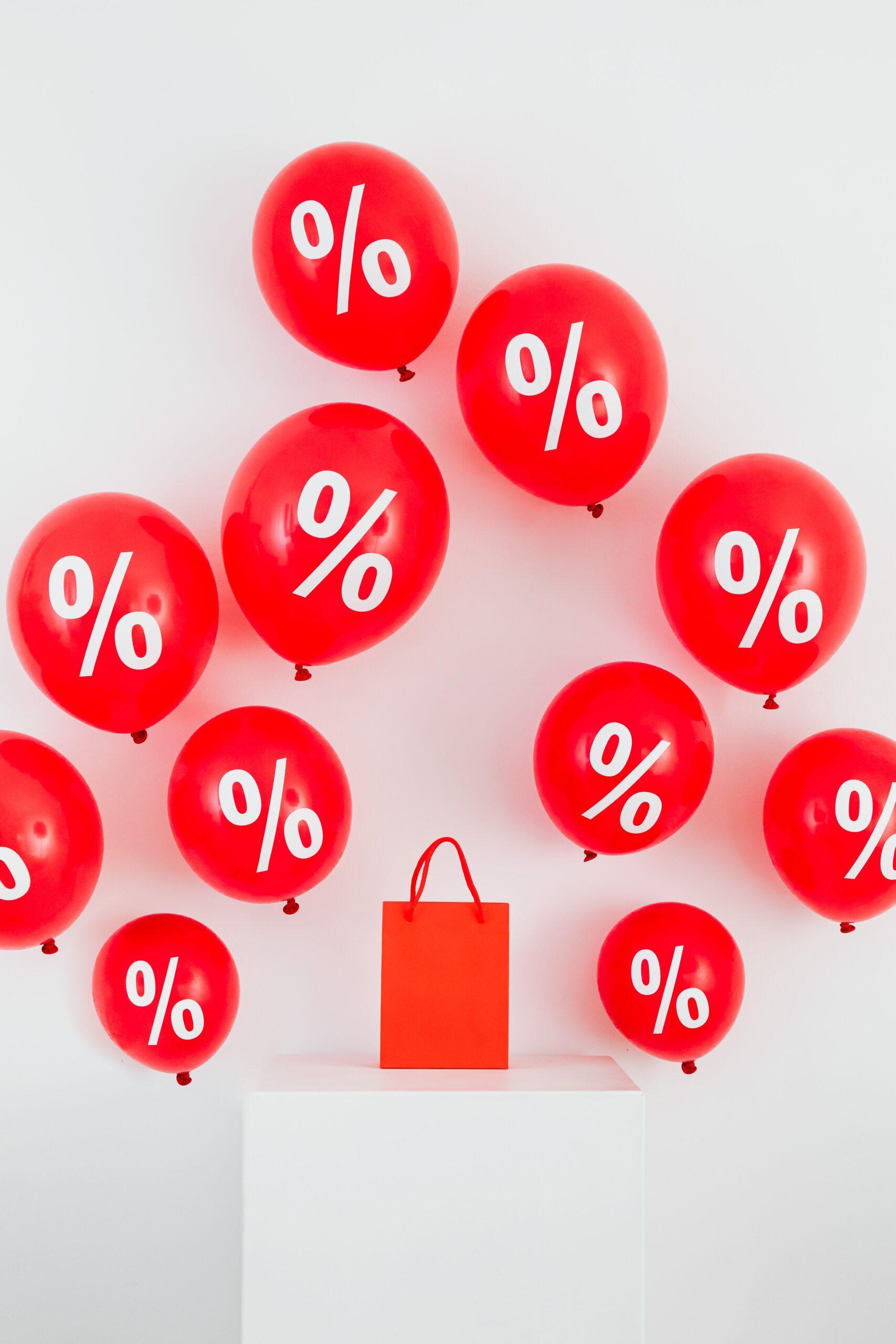
Updated May 2021; Estimated reading time: 2 minutes
It’s not uncommon for a brand team to turn to experiential sampling when they are trying to stem the flow of customers away from the brand. Churn scares everyone and, when it spikes, we all take notice. To understand the performance of your marketing, it’s important to separate between churn from brand sales and churn from category sales.
Sometimes, a drop in sales can actually mean an increase in sales. How on earth is this possible?
Where does churn come from?
It is important to know the sources of churn. The most obvious source is customer disappointment. They saw what you had to offer, gave it a shot, and didn’t like the experience. They turned elsewhere.
However, there are also other reasons that cause churn. Sometimes the category as a whole is on the downside. Think about the seasonality of soup or the decline in tobacco sales. Customers leave your brand for a competitive offer, but they also leave because the category has become less popular. The shift from dairy to soy milk is a good example.
Comparing brand sales to market-level sales
When measuring the performance of marketing, you need to know how the change in sales compares to the market as a whole.
- If your brand sales are down by 20% and the market as a whole is down by 20%, then you’re riding a negative wave, and doing no better or worse than your competitors.
- If your brand sales are down by 10% and the market is down by 20%, you’re actually doing quite well. In this case, you need to do some research to understand why.
- If you put a new marketing campaign in place, only to experience a 5% decline in brand sales against a market that is down by 20%, you can actually say that you generated five percentage points in sales. This is where a negative can be a positive.
If not measured in the context of the market as a whole, you are just fooling yourself to think you really know your brand sales.
Technically, it’s about having a good control/ test design. There are a lot of ways to fashion a control/ test, but it is absolutely necessary to do it if you want to accurately pin performance to a campaign.

Additional Resources
FOR EXPERIENTIAL MARKETERS
- Experiential Measurement Blueprint
- Event Impression Calculator
- Experiential ROI Benchmarking Reports
- Event Measurement Video Tutorials
